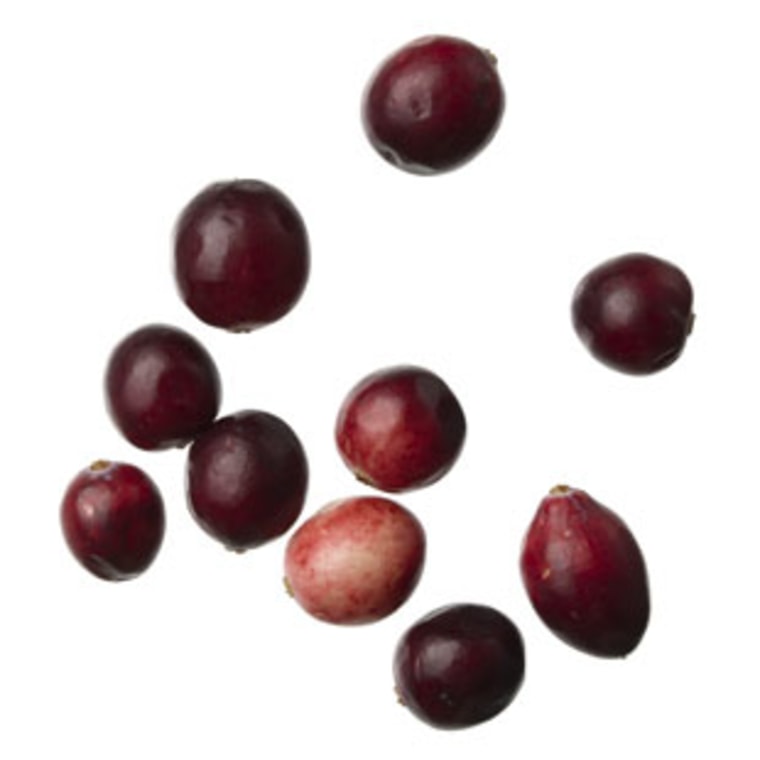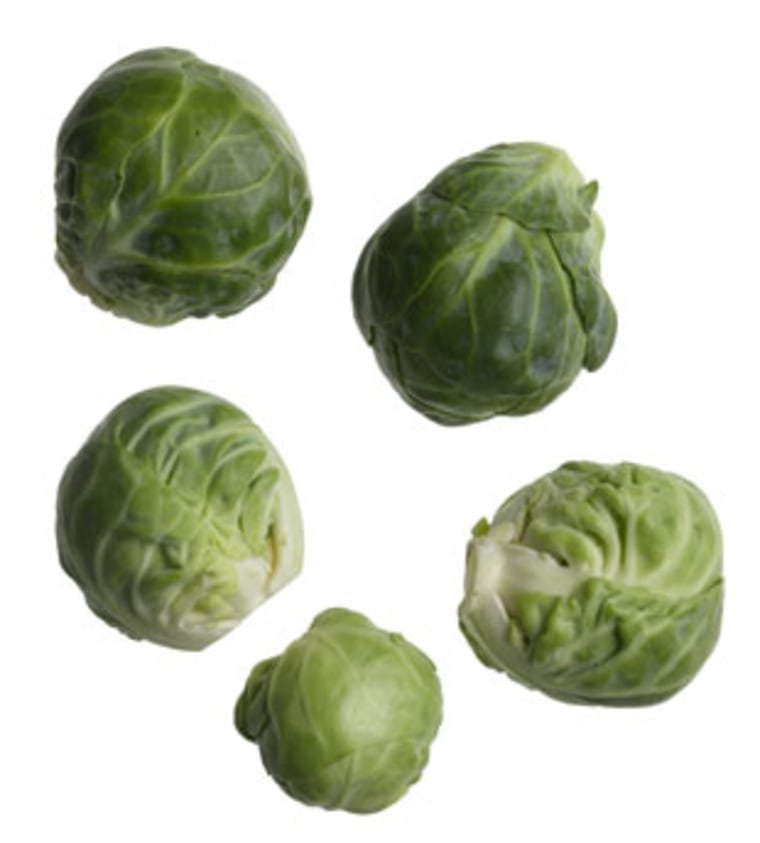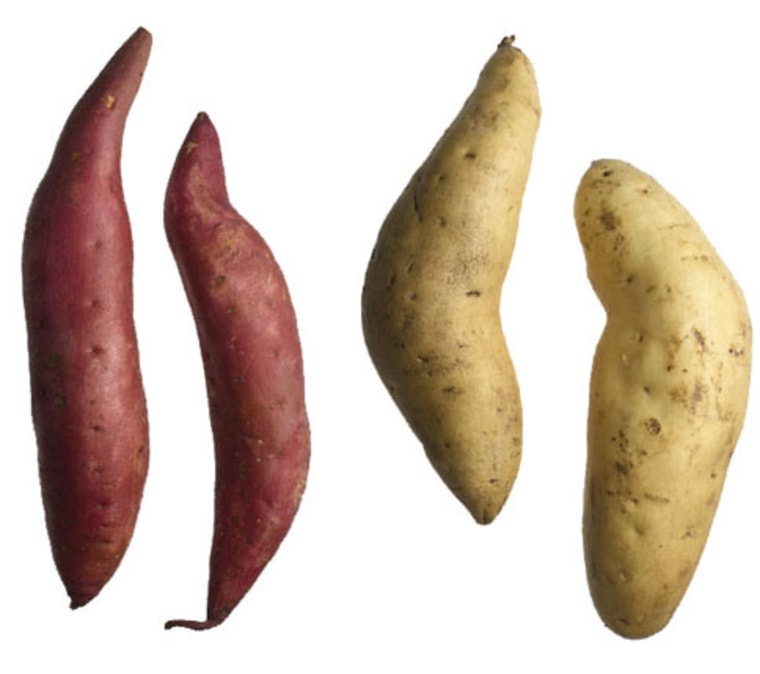/ Source: Bon Appetit
It just wouldn't be Thanksgiving without these classic ingredients. But there are excellent reasons to eat them on other days, too: They're delicious, they're easy to cook, and each happens to be a nutritional superstar.

- How to buy: Peak season for cranberries runs from October through December, though frozen cranberries are available year-round. You can stock up on fresh cranberries when in season and store them in the freezer. Whether fresh or frozen, cranberries are typically packaged in 12-ounce plastic bags, though you can sometimes find loose fresh berries during their season. Look for plump, firm berries that are bright red and shiny. Ripe berries should bounce, lending cranberries the alternative name "bounceberries." Sweetened dried cranberries are also widely available in supermarkets.
- How to use
- How to store: Because of their high acidity, cranberries store exceptionally well. Fresh cranberries, either in their original plastic bag or tightly wrapped, will keep in the refrigerator for up to 2 months. Frozen cranberries will keep up to a year.

- How to buy: Look for small to medium sprouts (the bigger ones often have less flavor). They should be bright green, with the leaves tightly wrapped. Brussels sprouts are in season from late August through March, and are sometimes sold on the stalk at farmers' markets and good produce markets.
- How to use: Before cooking, prep Brussels sprouts by removing any tough or shriveling outer leaves and cutting a small X in the stem end of each sprout, to help ensure the interior cooks in the same amount of time as the exterior, preventing overcooking. To cook Brussels sprouts, drop them into boiling, salted water and let simmer for no more than 8 to 10 minutes, until they are crisp-tender. Sautéing Brussels sprouts in butter, oil, or rendered fat caramelizes their surface, bringing out their sweet, nutty flavor. You can sauté the leaves by themselves, or blanch whole Brussels sprouts and either halve or slice them before sautéing.
- How to store: Refrigerate Brussels sprouts unwashed in an air-tight bag for up to a week.

- How to use: Sweet potatoes can be mashed, roasted, baked, boiled, or sautéed, and can also be made into sweet-potato chips or fries.
- How to buy: Sweet potatoes are available year-round, and are at their peak during the winter. Choose small to medium sweet potatoes that are heavy for their size. Avoid any with bruises or signs of sprouting. Orange-fleshed sweet potatoes should have uniformly colored skin. The skin of light sweet potatoes is naturally more mottled.
- How to store: Keep sweet potatoes in a cool, dark place for up to a week. Do not refrigerate (chilling can cause sweet potatoes to develop a permanently hard center).